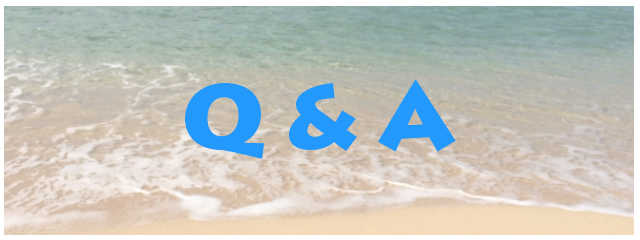lesson

Warm up
The instructor, who has the qualification for teaching Hula Dance, Tahitian dance and Yoga, will start with the basics of how to use our bodies. During the warm up session, the original stretching exercise will strengthen our balance, and warmup and steps exercise will prepare us for the dance.
Go toQ&Afor more.
TAHITIAN Dance
Tahitian dance is the traditional dance of Tahiti (in French Polynesia).
It is said that Hula dance was developed based on Tahitian dance (Tahitian), and Tahitian has a longer history than Hula dance.
The movie, Hula Girls, aroused many people's interests in these dances. In the last dance of it, the main character's solo dance was Tahitian.
Tahitian is performed with music and hand movements to depict stories. It can be rougly divided into two categories, Ote'a and Aparima. In Ote'a, dancers will dance vigorously and powerfully with rhythm played by, for example, taiko (drums). On the other hand, Aparima is performed with slow music and movements similar to Hula Dance.
Both Ote'a and Aparima use muscles of the whole body, so the inner muscles can also be trained up.

HULA DANCE
HULA is a traditional dance of Hawaii, and often called Hula dance. HULA means dance in Hawaiian language, so local people call the dance as HULA, but not Hula Dance.
HULA can be divided into Classical Hula, Kahiko, and Modern Hula, 'Auana.
In both Kahiho and 'Auana, dancers use hand movements to express the meaning of the lyrics of the songs, at the same time use facial expressions and body movements to express feelings. The dance itself represents stories and prayers. Through dancing Hula, expressiveness will be trained up. In dance trainings, things that can play slow rhythms or songs with fast tempo will be used, as well as instruments. There are diverse variations and themes and it will surely be fun and enjoyable.









